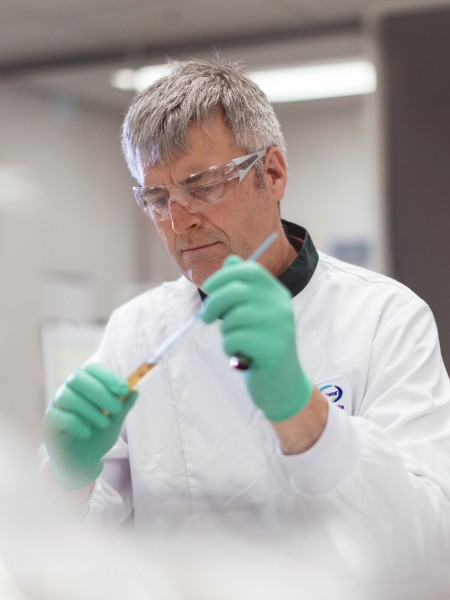The science and technology of gene-edited food
We need to be having conversations about the challenge of feeding the world’s burgeoning population.
Fonterra COO Global Consumer & Foodservice, Judith Swales says that across the world, science and new technologies are being used to delve into the viability and practicality of lab based and gene edited food. Gene-edited oil is being sold commercially for the first time in the United States and the first burger with a lab grown ‘meat’ patty due to go on sale in the UK.
The United Nations has estimated the world population at around 8 billion and expects it to be close to 10 billion by 2050 and more than 11 billion in 2100.
Dairy is a great source of nutrition and has a key role in meeting this challenge though its expected complementary sources of protein will be needed.

Recently, Fonterra invested in a US start-up, Motif Ingredients, that develops and commercialises bio-engineered animal and food ingredients.
It’s a way for us to get an understanding of not only innovation but also consumers evolving preferences.
The role of alternative protein and gene-editing in New Zealand are part of a report commissioned by the Ministry of Business, Innovation and Employment (MBIE) to help guide its science investment plans.
Three headline trends were identified - a raised awareness on environmental issues, changing consumer preferences and new technology and transformative science.
Gene-editing and alternative protein fall within the last theme primarily but also interlink with the other two.
Assessing how well placed New Zealand science and innovation systems are to respond to the three themes and where MBIE might invest as a result will be watched with interest.
Gene editing plants, as the MBIE report notes, could improve resistance to disease, tolerance to drought and lift nutritional quality.
It could also help develop grass that reduces methane emissions from the stock that eats it. Last month, a US start-up called Calyxt made the first commercial sale of soybean oil made from a gene edited crop to an unnamed restaurant chain in the Midwest. It’s claimed the oil has fewer saturated fats and zero trans fats and is being used to fry, make sauces, and dress salads. At the same time, Calyxt announced a soybean meal as a premium non-GMO feed ingredient with added benefit for livestock.
The MBIE report also lists a number of possible benefits from gene edited animals, though for any gene-editing to happen, the country will need to change its current position. As an example of that position, media reports that a gene-edited ryegrass developed by NZ AgResearch that might reduce methane emissions from cattle that eat it cannot be grown here outside a laboratory and field trials are having to take place offshore.
Late last year, the final report of the Prime Minister’s former Chief Science Advisor, Sir Peter Gluckman, detailed ways gene editing can benefit agriculture with pasture management and emissions. Sir Peter noted, “this is the core technology of the future, alongside the digital technologies and precision agriculture, we can't afford not to have the conversation."
As developments across the world unfold, we’re perhaps edging closer to having that conversation.

